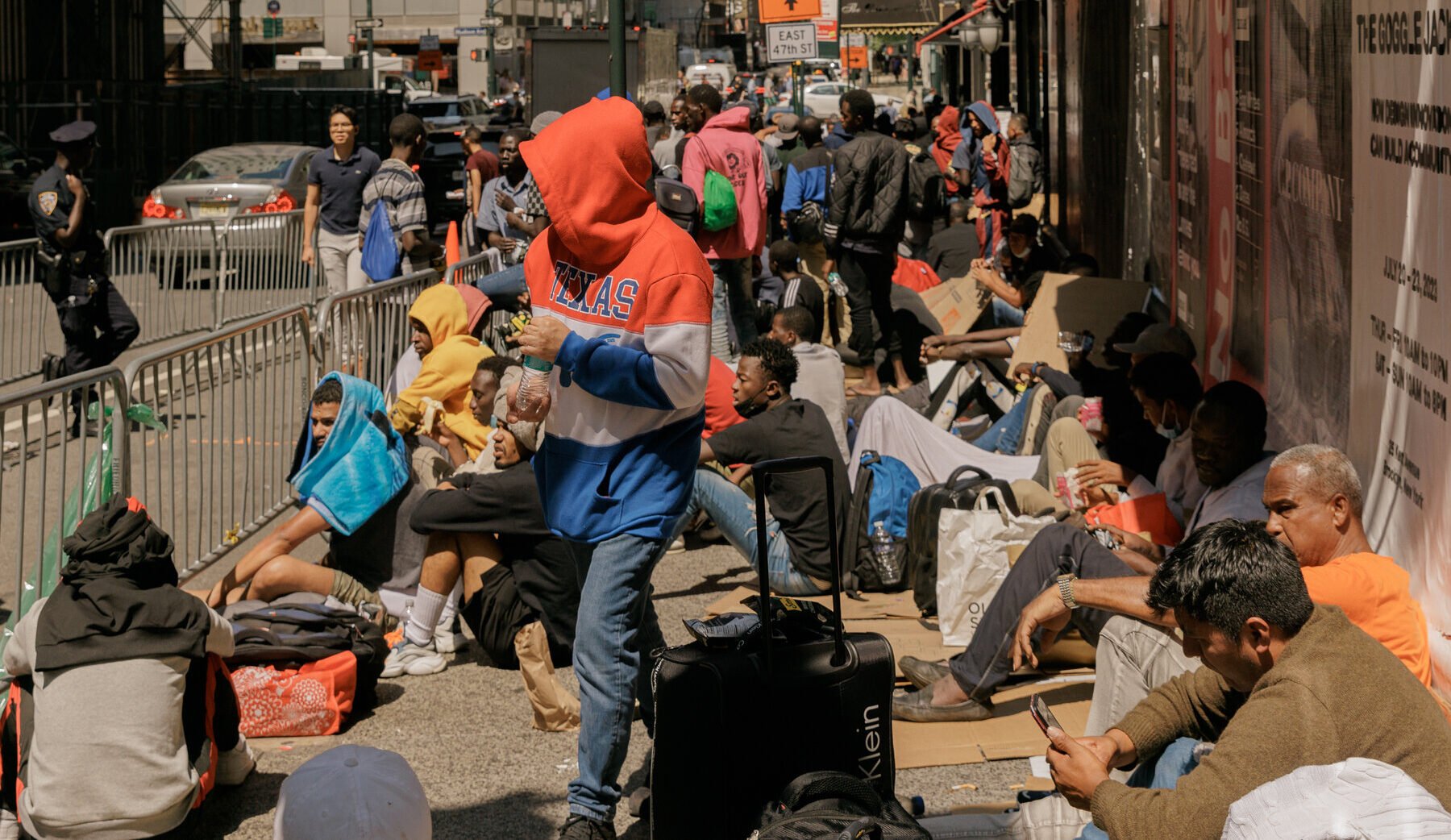A recent academic study suggests that the surge of illegal immigrants into New York City over the past four years has contributed to a measurable uptick in local crime, particularly low-level thefts near migrant housing sites.
William LeRoy, an incoming professor at Charles University in Prague, conducted a comprehensive review of crime reports across ZIP codes where migrants—primarily from Venezuela—were placed in city-funded hotels and shelters. According to LeRoy’s findings, arrests of Hispanics increased by 5.5% in these areas following the arrival of the first bus of migrants sent by Texas Gov. Greg Abbott in August 2022.
“The baseline increase in Hispanic arrest rates is driven primarily by cash-generating offenses, such as petit and grand larceny, indicating that economic hardship is a leading factor behind criminal behavior,” LeRoy wrote in the study.
LeRoy’s analysis used Hispanic arrest data as a proxy for undocumented immigrants, acknowledging limitations in crime reports that lack citizenship status. Still, he argued that the correlation between rising theft-related arrests and the placement of migrants in specific ZIP codes was too consistent to ignore.
The study noted that the crime spikes were most visible around government-run housing facilities and did not occur in areas near Home Depot stores—common gathering spots for day laborers. This pattern, LeRoy said, further supports the theory that lack of legal work opportunities drives some migrants to commit crimes out of desperation.
New York City has received nearly 230,000 migrants since the spring of 2022, with approximately 45,000 arriving on buses dispatched from Texas. While advocates for illegal immigrants have downplayed concerns about public safety, LeRoy’s report challenges those claims and adds data to growing public frustration over the crisis.
“Residents were shocked by high-profile crimes, including the beating of two NYPD officers outside a migrant hotel and frequent reports of stolen handbags and phones,” the report states.
Although the majority of the offenses were misdemeanors, LeRoy found that two-thirds of the arrest surge involved theft-related charges.
Critics of the study, including Cato Institute scholar Alex Nowrasteh, questioned the use of ethnicity as a proxy for immigration status, arguing it weakens the generalizability of the conclusions.
Still, immigration policy analysts say the pattern is consistent with broader social dynamics.
“It is not surprising that the arrival of migrants, often men, in a place where they have few ties will be associated at least in the short term with an increase in crime,” said Steven Camarota of the Center for Immigration Studies.
The findings have reignited debate over the connection between border security, illegal immigration, and urban crime—especially in sanctuary cities that have taken in large numbers of undocumented individuals under the Biden administration.



